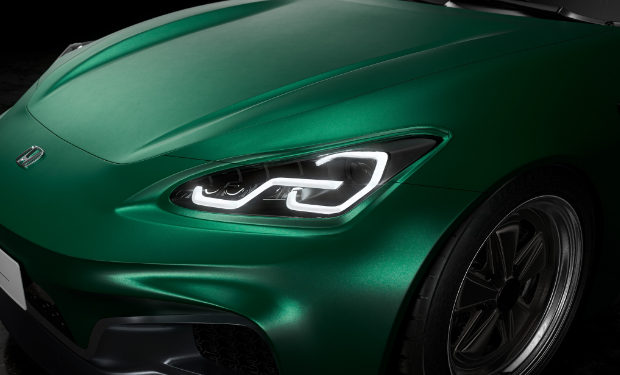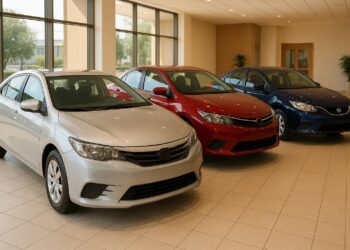As we stride into 2024, the automotive industry is witnessing a profound evolution in design aesthetics and functionality. From cutting-edge touchscreen interfaces to the integration of virtual assistants, automotive design trends are poised to redefine the driving experience. Moreover, a heightened focus on sustainability underscores the industry’s commitment to addressing environmental concerns and reducing ecological footprints. Here, we delve into the key automotive design trends for 2024, shaping the future of mobility.
1. Touchscreen Technology And Intuitive Interfaces:
Touchscreens have become ubiquitous in modern vehicles, offering intuitive interfaces that enhance driver convenience and connectivity. In 2024, we witness a proliferation of large-format touchscreens seamlessly integrated into dashboard designs, providing drivers with unprecedented control over vehicle functionalities, navigation systems, and entertainment options. Moreover, advanced gesture recognition technology and haptic feedback mechanisms further elevate the user experience, allowing for seamless interaction with onboard infotainment systems while minimizing distractions on the road.
2. Virtual Assistants And Ai Integration:
The advent of artificial intelligence (AI) is revolutionizing the automotive landscape, with virtual assistants emerging as indispensable companions for drivers. In 2024, virtual assistants powered by natural language processing algorithms and machine learning capabilities become standard features in vehicles, offering personalized assistance, voice-activated controls, and predictive recommendations. Whether it’s scheduling appointments, adjusting climate settings, or providing real-time traffic updates, virtual assistants enhance safety and convenience while fostering a more connected driving environment.
3. Advanced Lighting Design And Adaptive Illumination:
Lighting design plays a pivotal role in defining the aesthetic appeal and functionality of modern vehicles. In 2024, automotive designers leverage advanced LED technology and adaptive illumination systems to create captivating lighting signatures that enhance visibility and safety on the road. From dynamic headlights that adjust their intensity based on driving conditions to customizable ambient lighting that sets the mood inside the cabin, lighting innovations add a touch of sophistication and dynamism to automotive design.
4. Sustainable Materials And Eco-Conscious Design:
Sustainability emerges as a guiding principle in automotive design, with manufacturers prioritizing the use of eco-friendly materials and production processes. In 2024, we witness a shift towards recycled and renewable materials, such as bioplastics, natural fibers, and reclaimed wood, which reduce environmental impact without compromising on quality or performance. Additionally, lightweight materials and aerodynamic design elements contribute to fuel efficiency and carbon emissions reduction, aligning with the industry’s commitment to environmental stewardship.
5. Modular Architecture And Personalization Options:
Modular architecture offers flexibility and customization options, allowing drivers to tailor their vehicles to suit their individual preferences and lifestyle needs. In 2024, automotive manufacturers embrace modular design principles, enabling easy upgrades, interchangeable components, and modular add-ons that cater to evolving consumer demands. Whether it’s swapping out seating configurations, integrating smart storage solutions, or installing modular entertainment systems, modular architecture fosters versatility and personalization in automotive design.
In summary, the automotive design landscape in 2024 is characterized by a fusion of technological innovation, sustainability, and personalization. From intuitive touchscreen interfaces to eco-conscious materials and adaptive lighting solutions, automotive designers are reimagining the future of mobility with a focus on enhancing user experience, minimizing environmental impact, and embracing versatility. As the automotive industry continues to evolve, these design trends pave the way for a more connected, sustainable, and personalized driving experience.




